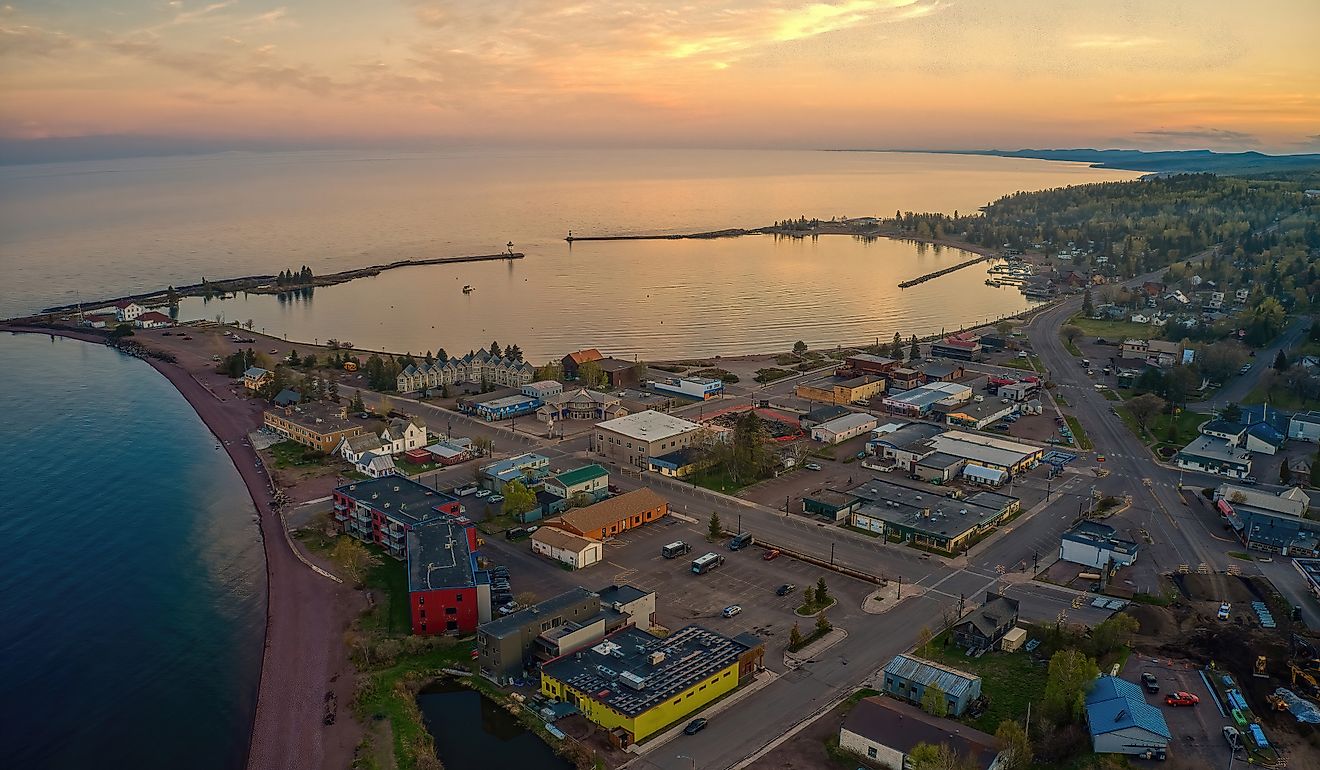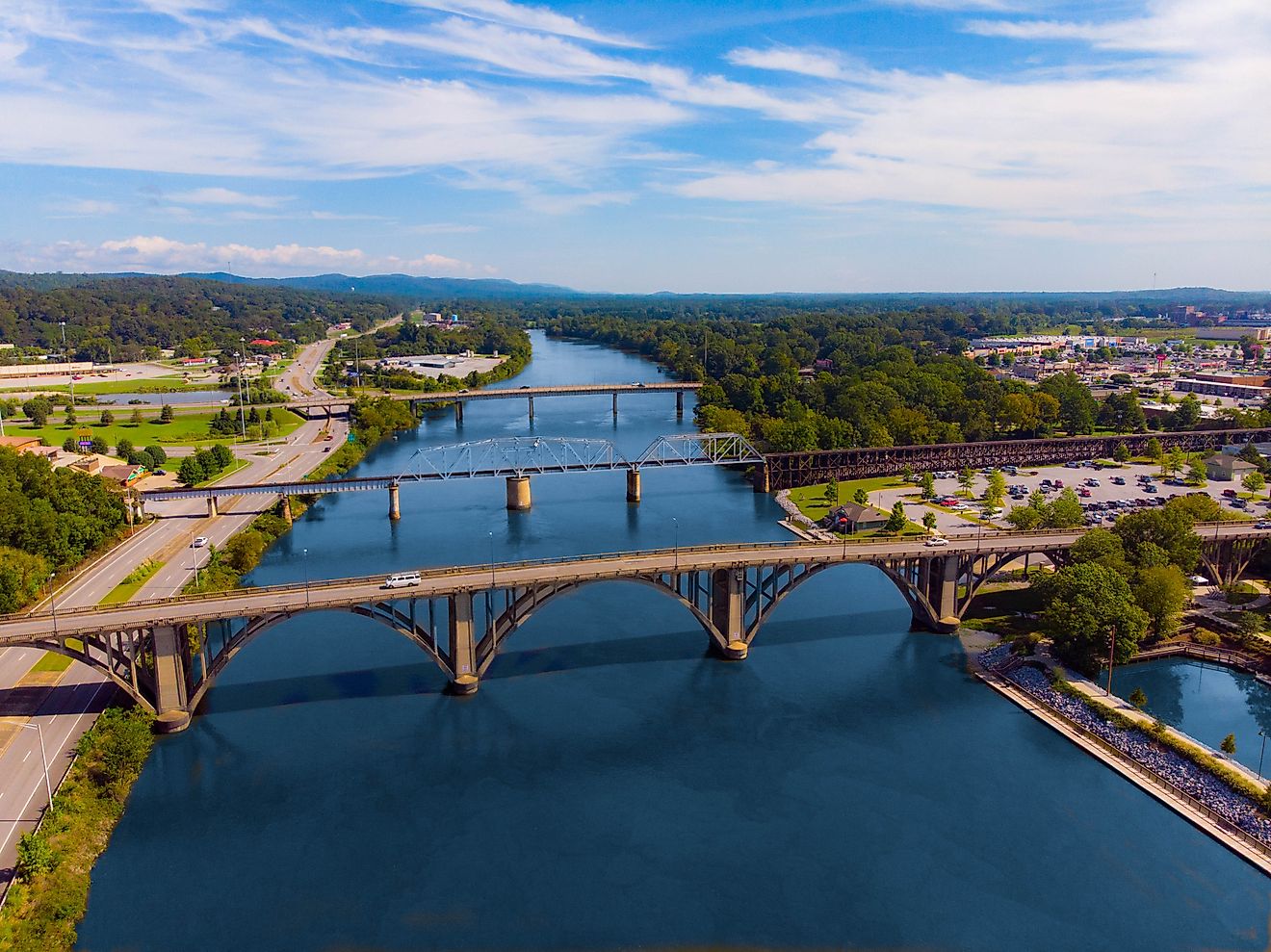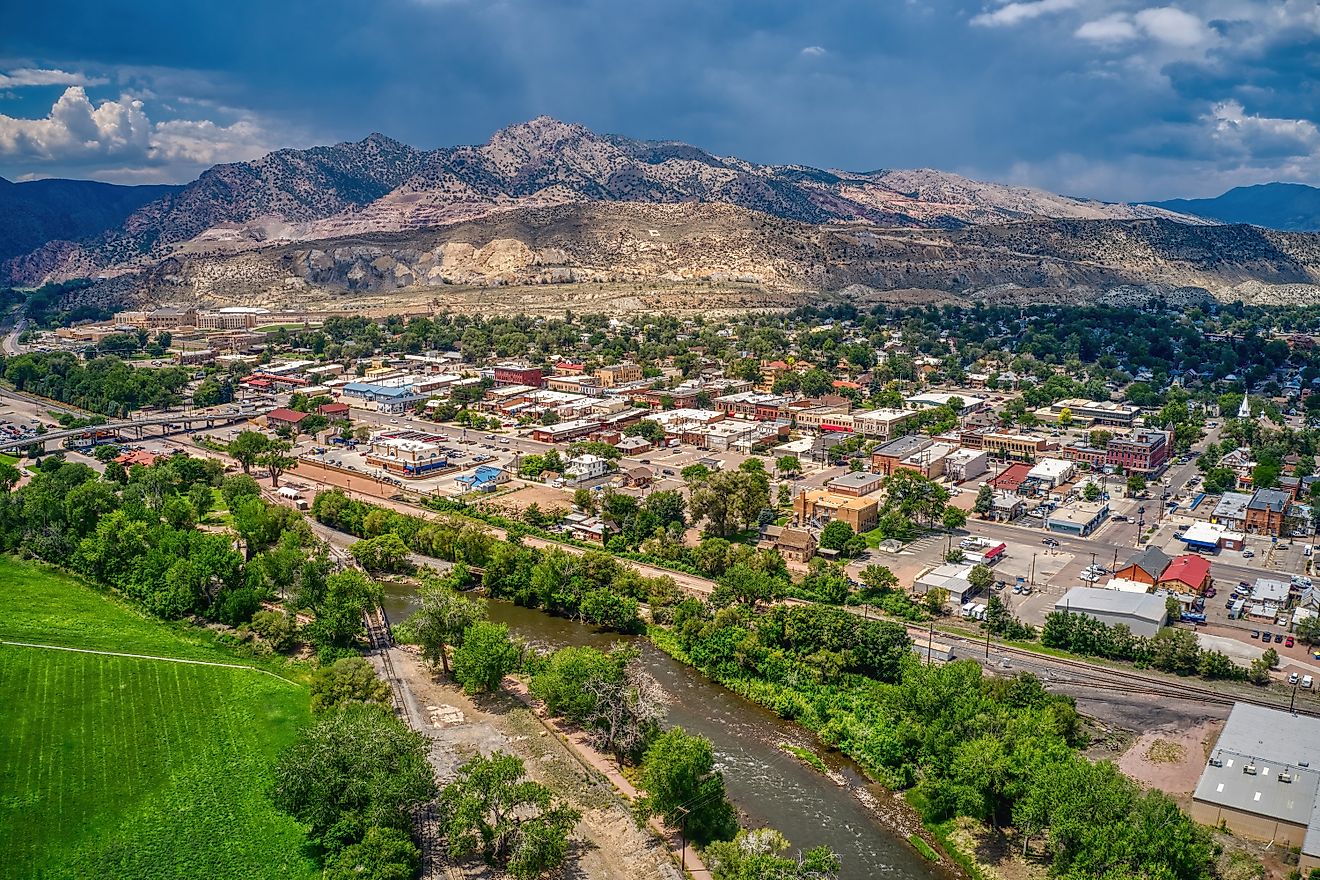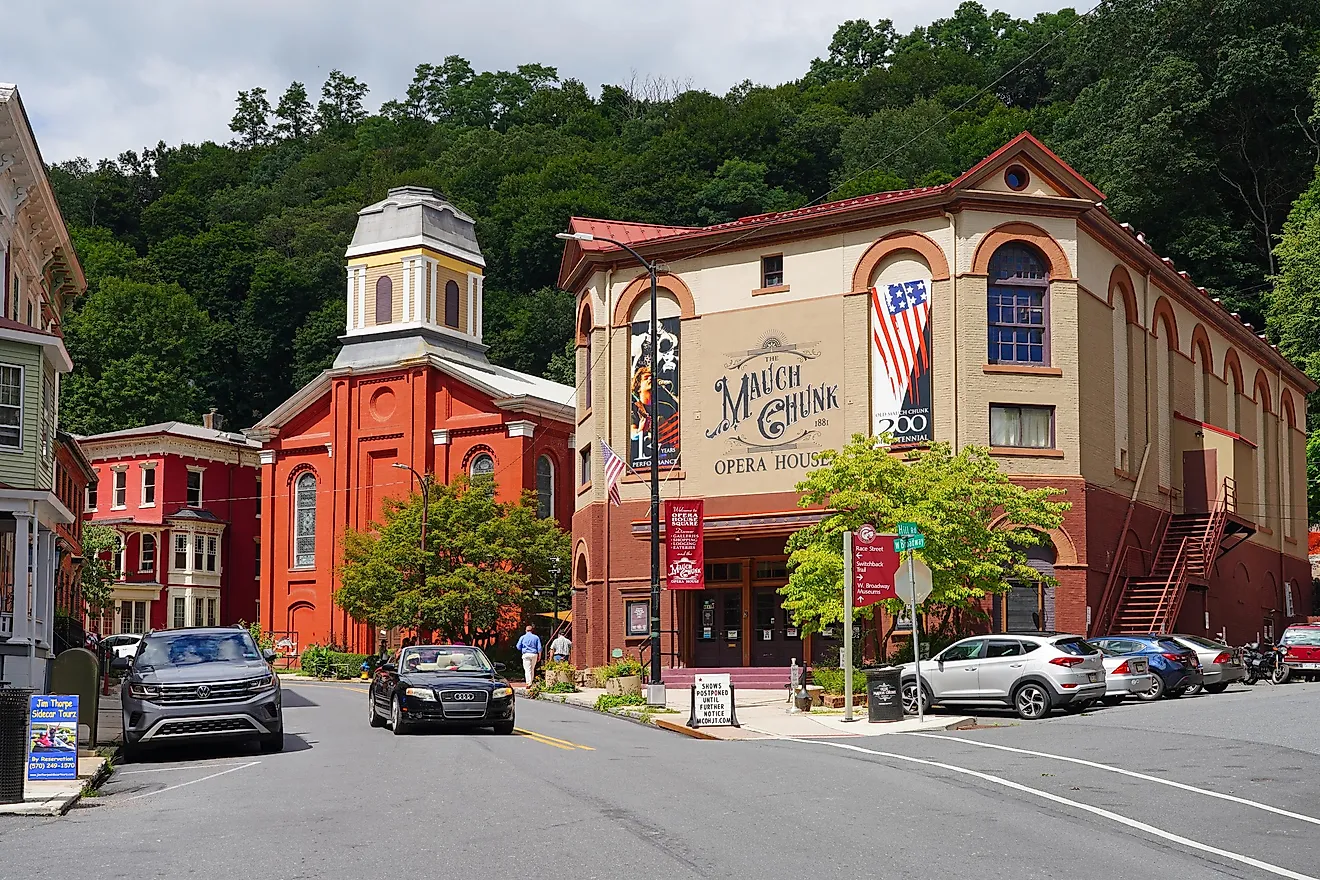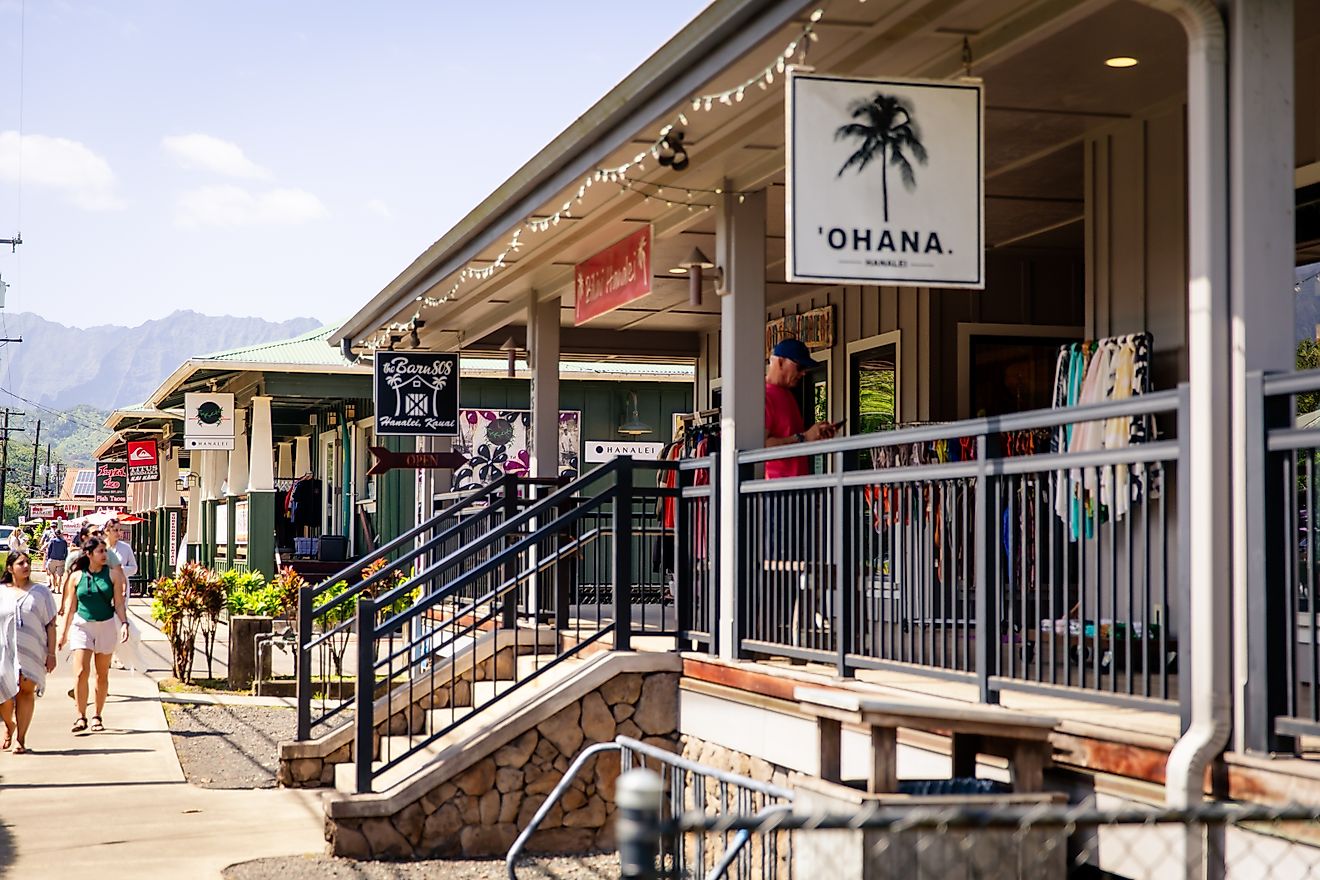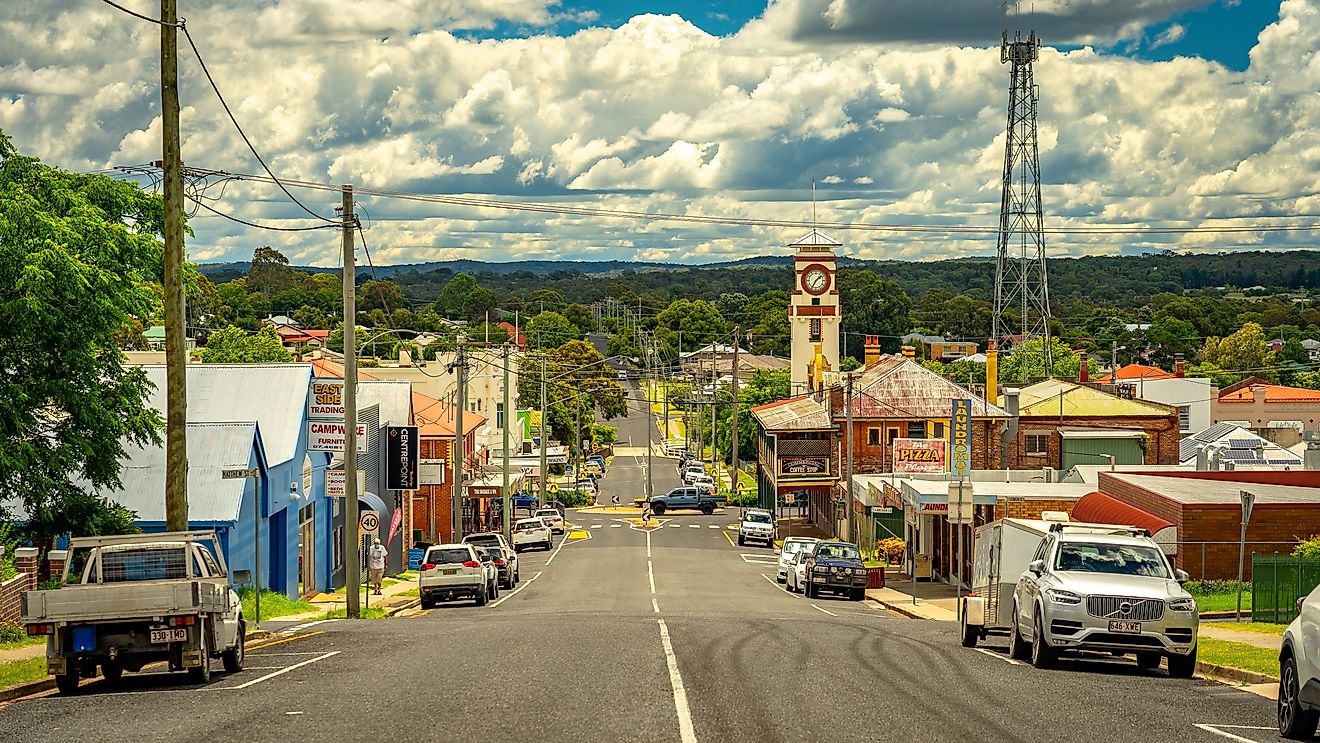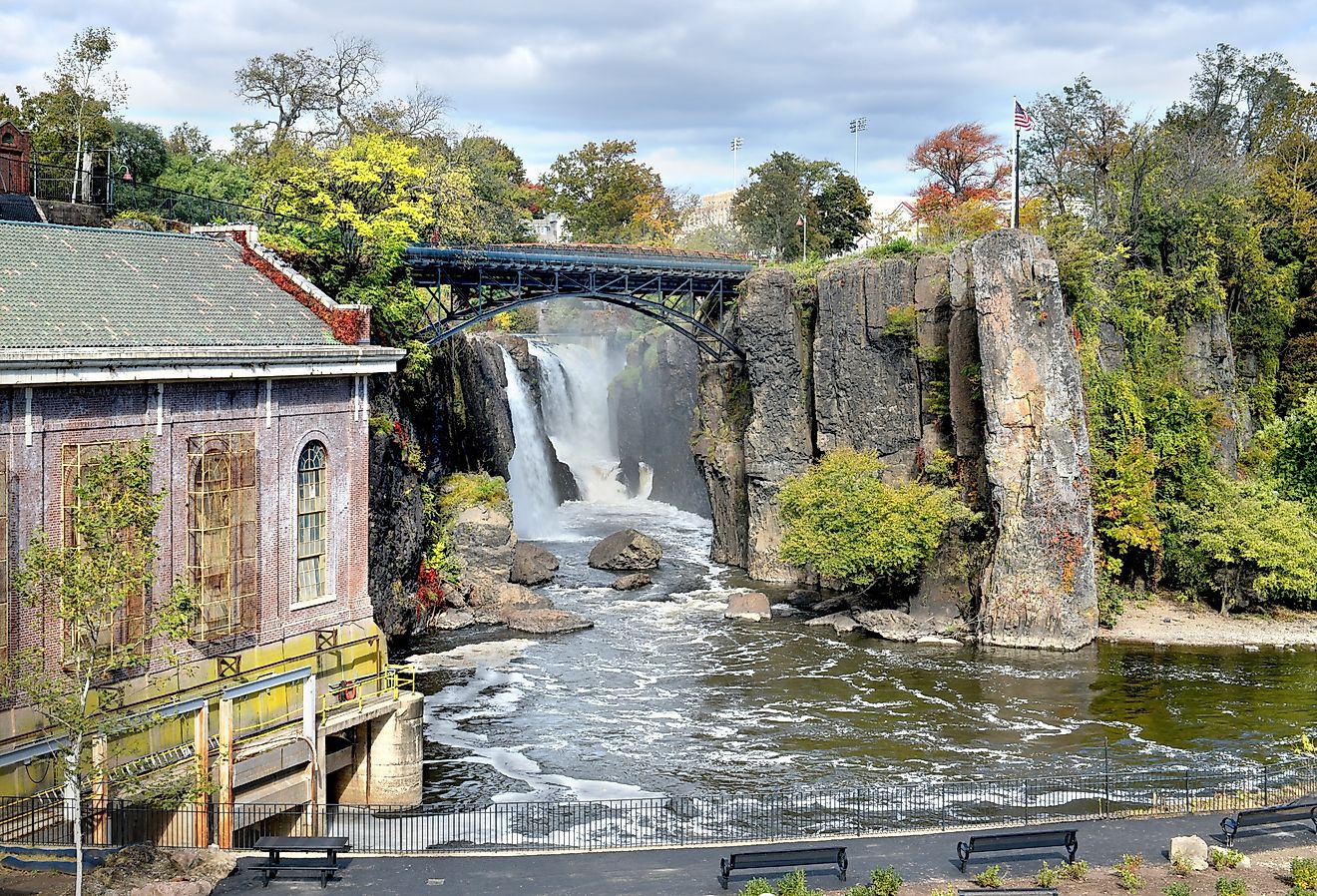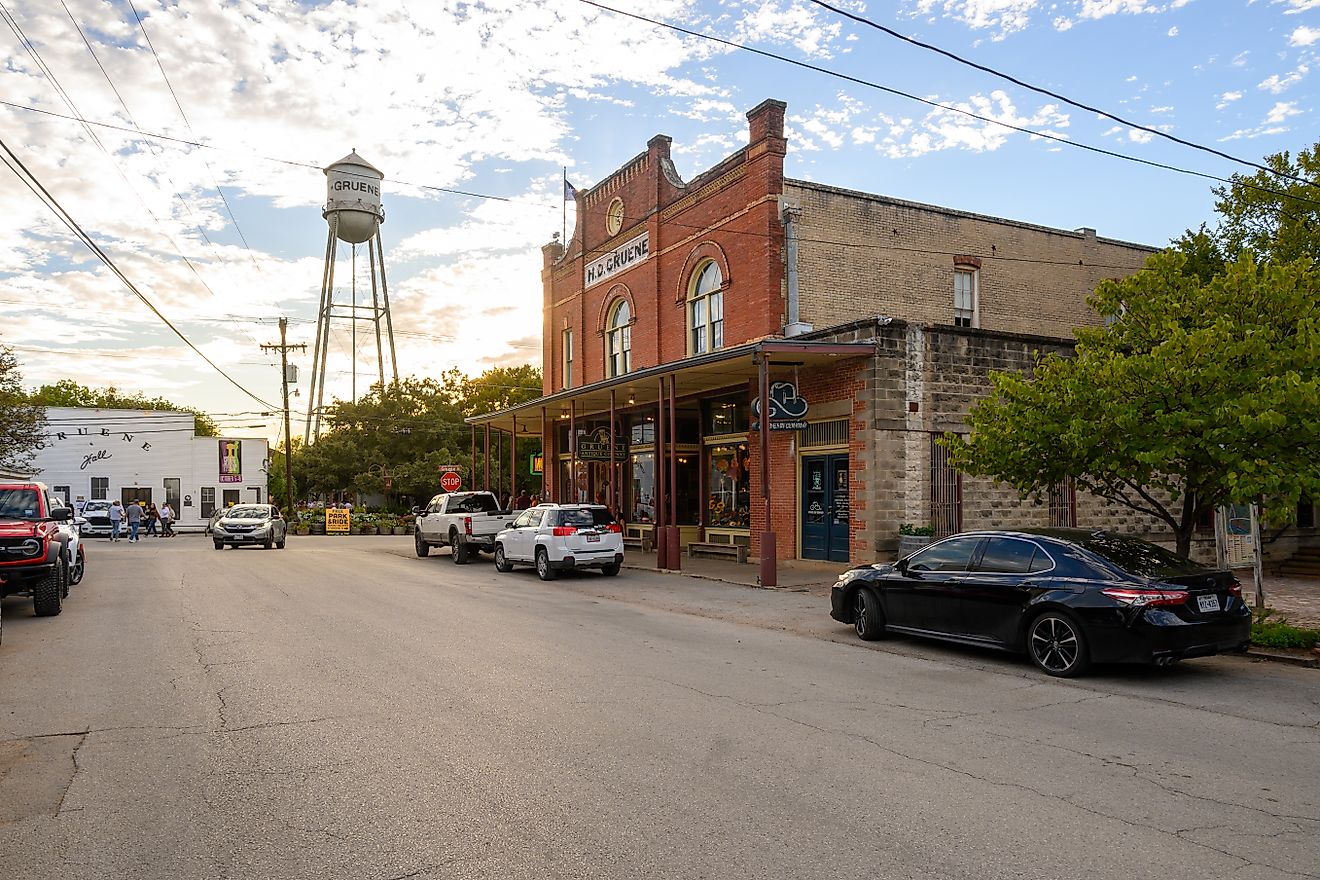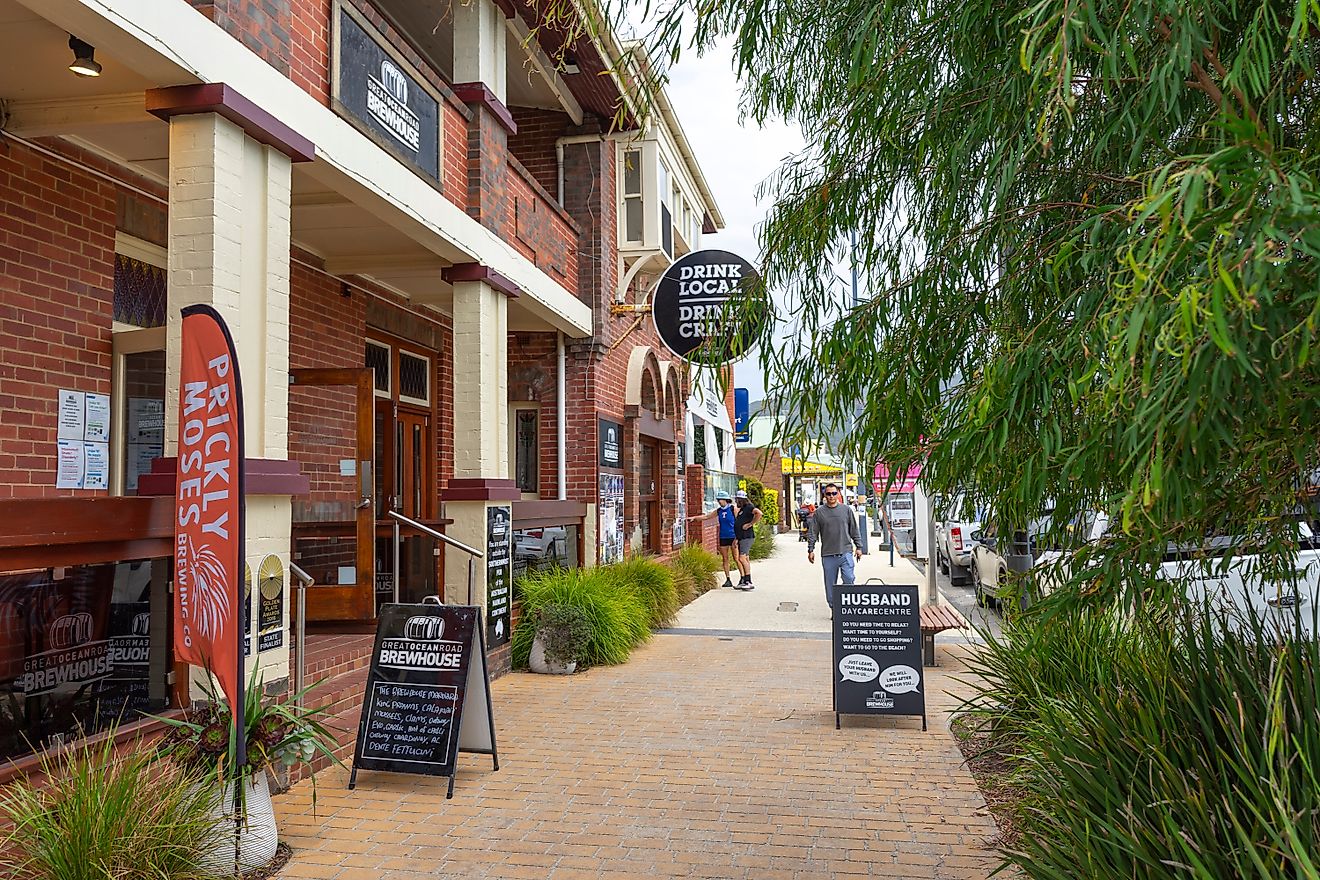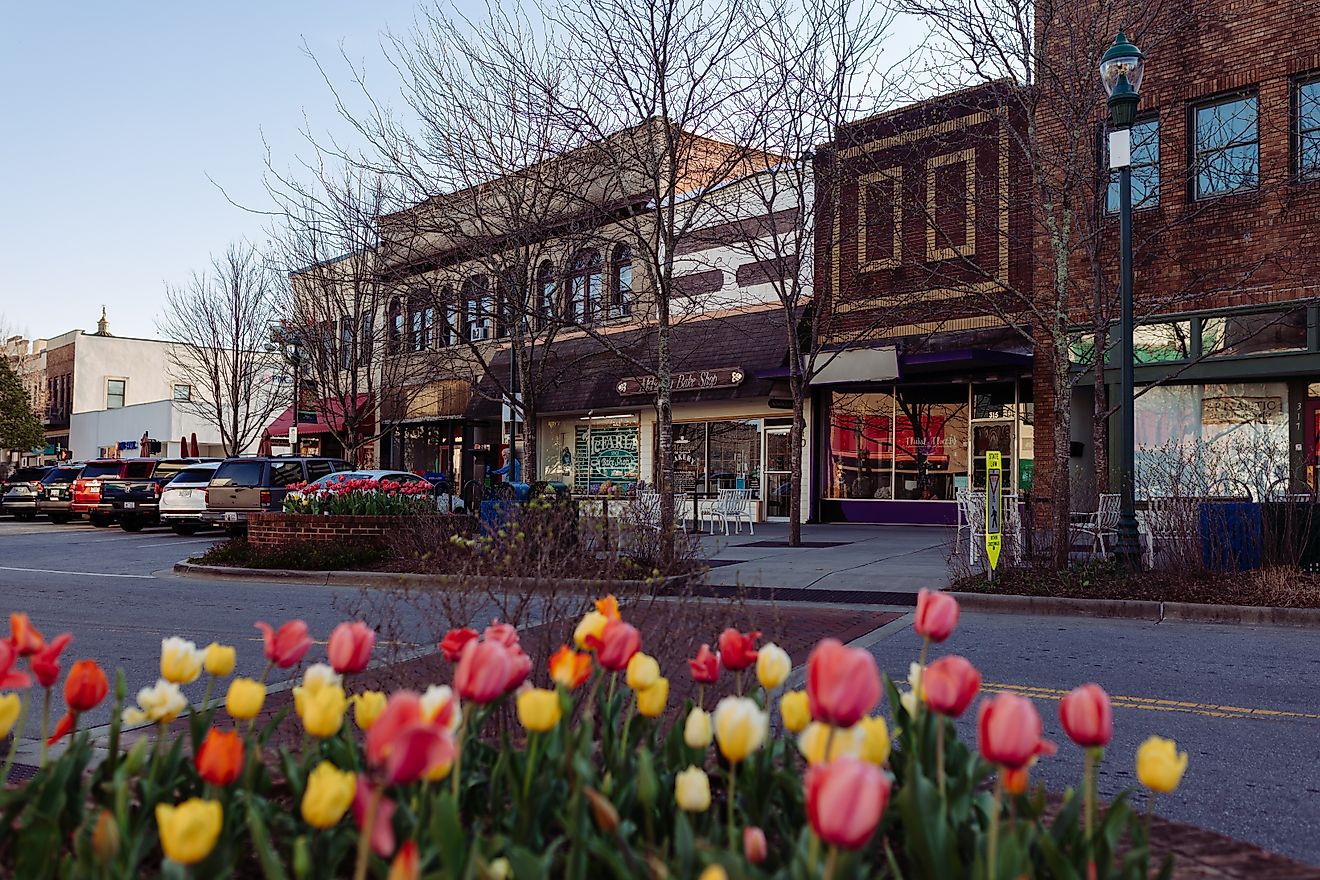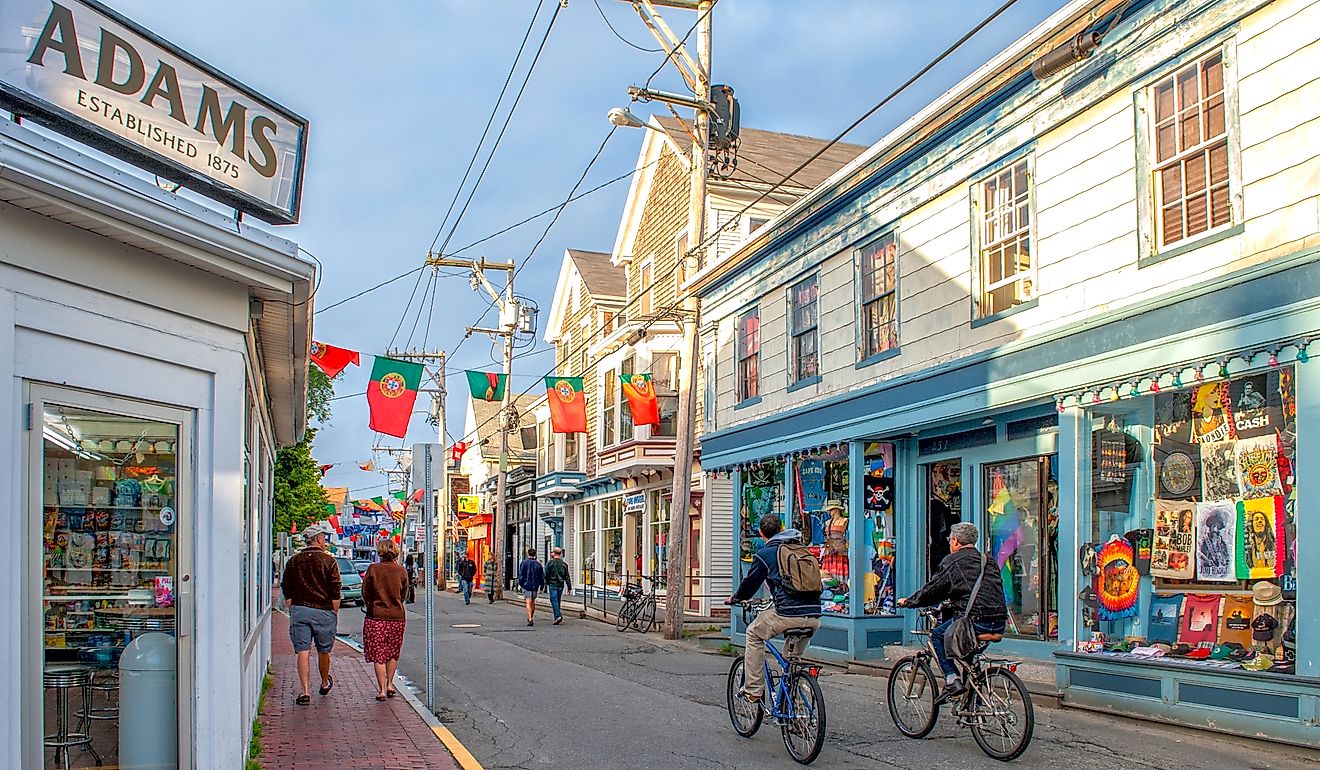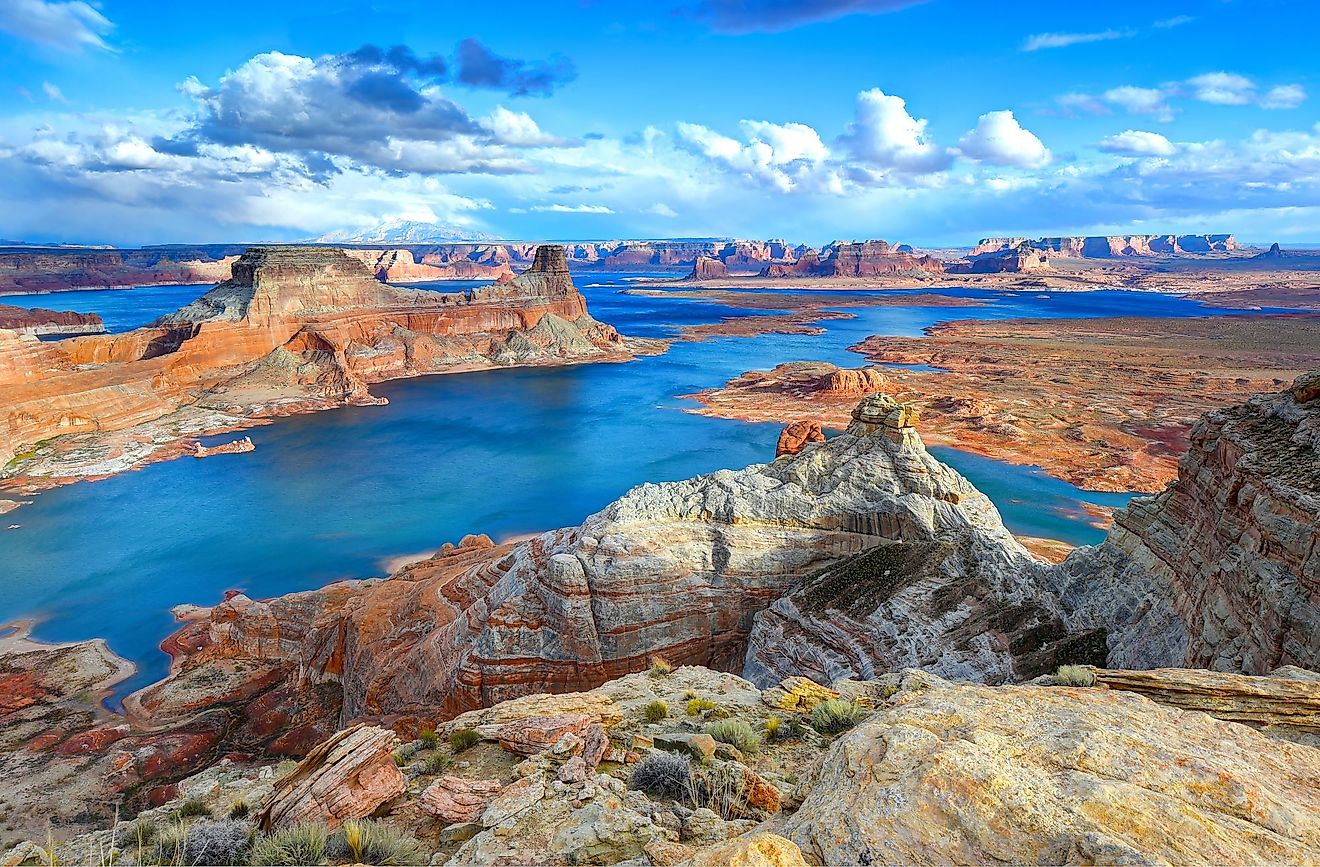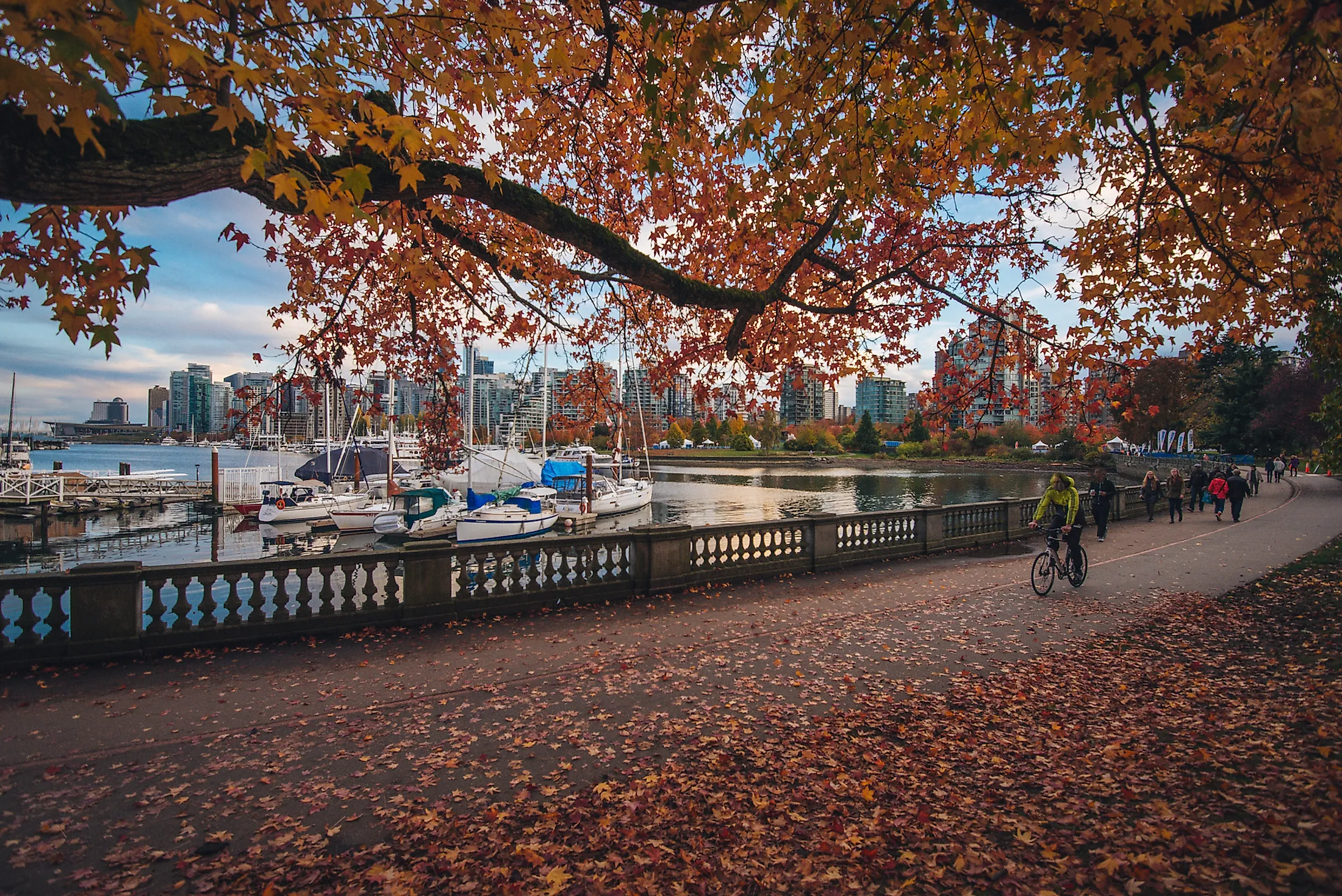
Stanley Park
Stanley Park is an urban park located in Vancouver, British Columbia, Canada. The park has an area of 4 square kilometers, and includes roughly half of the Peninsula in the heart of downtown Vancouver. The park is almost completely surrounded by the waters of English Bay, and the Burra Inlet, and looks out over the Pacific Ocean.
History
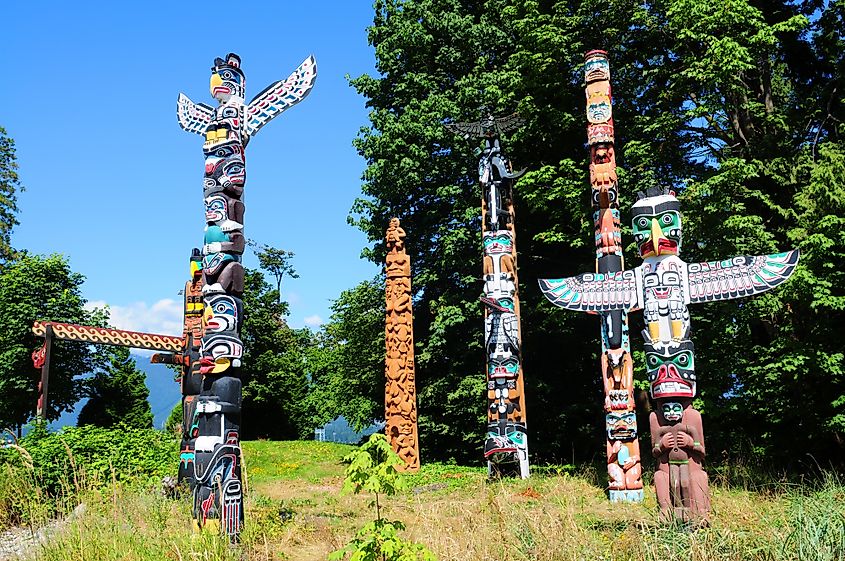
Stanley park was the first and largest urban park in Vancouver, and remains one of the most popular. The land upon which the park is built has had records of human presences dating back as far as 3,000 years. Traditionally, these regions were occupied by the Squamish Nation and Musqueam Nation people. Later, european explorers José María Narváez and George Vancouver ventured to the peninsula, where they made records of the land and met the native people there.The peninsula continued to be an important area, especially during the time of the Fraser Canyon Gold Rush of 1858. This time brought a large amount of settlers to the area. The next few years continued to see development and clearing for settlements, fishing villages, and prospective logging areas and mills.
Finally, in 1886, Vancouver's City Council voted to lease the military reserve for use as a park. In 1888 the park was officially opened, and given the name Stanley Park, after the then governor general Lord Stanley.
Visiting The Stanley Park
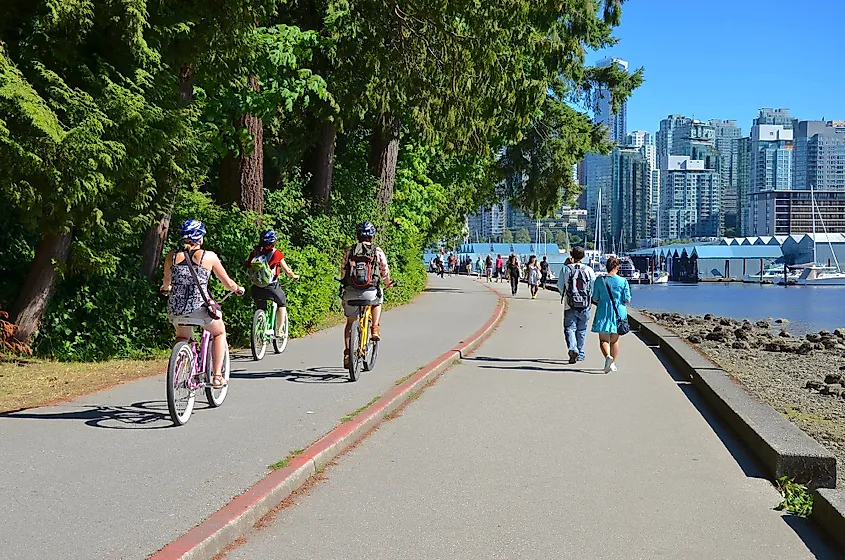
One of the more famous aspects of the park is the boardwalk-like pathway that runs along the waterfront, known as the seawall. This pathway is popular with walkers, rollerbladers, and cyclists. The park also has lots of outdoor spaces where visitors can relax and take in the views of the ocean, relax on the beach, take in the city scape, or explore the west coast forests.
Attractions And Facilities
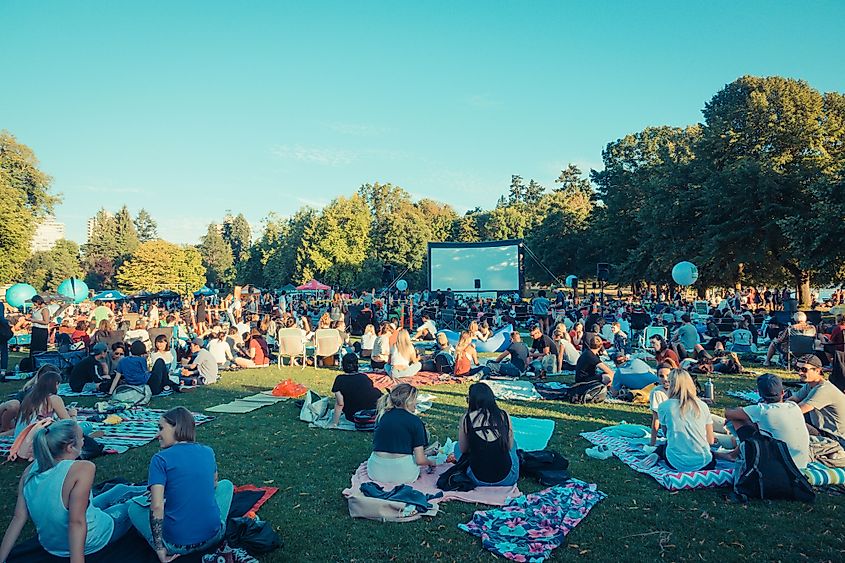
Stanley Park holds a number of centers and areas for recreation. The Vancouver Aquarium is located here, and contains penguins, seals, sea otters, dolphin zones. The aquarium was also the first to declare it would never result in the capture of a wild whale or dolphin, which it stated in 1996. All such animals in the park are rescued creatures that could not survive in the wild. Despite this, the aquarium does receive backlash for continuing to house marine life such as whales, dolphins and porpoises, as well as continuing a beluga whale breeding program (which itself was nearly banned by the Vancouver Park Board in 2014. Additional attractions include a miniature railway, The Japanese Canadian War Memorial, statues of Robert Burns, Olympic runner Harry Jerome, and Girl in a Wetsuit. The Brockton Point Totem poles are also of note.
Wildlife
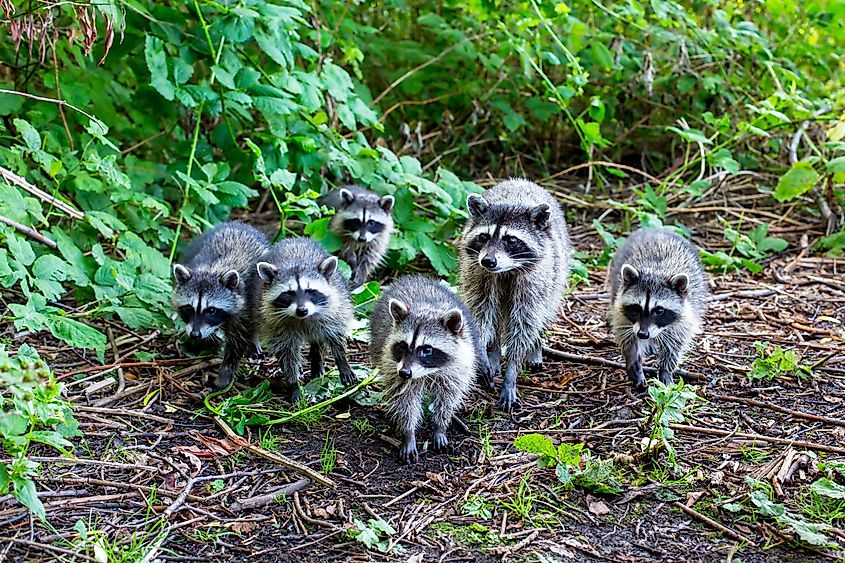
Though it is a city park, Stanley Park has a particularly large amount of natural forests. Most of this area is second or third growth trees such as Douglas fir, western hemlock, Sitka spruce, and western red cedar. This dense forest area has also provided a home for a lot of birds and mammals, too. More than 200 species of birds have been documented in the park, the majority of which are water birds like the famous great blue heron, which is common here. Canadian staples such as raccoons, coyotes, skunks, beavers, squirrels and rabbits.
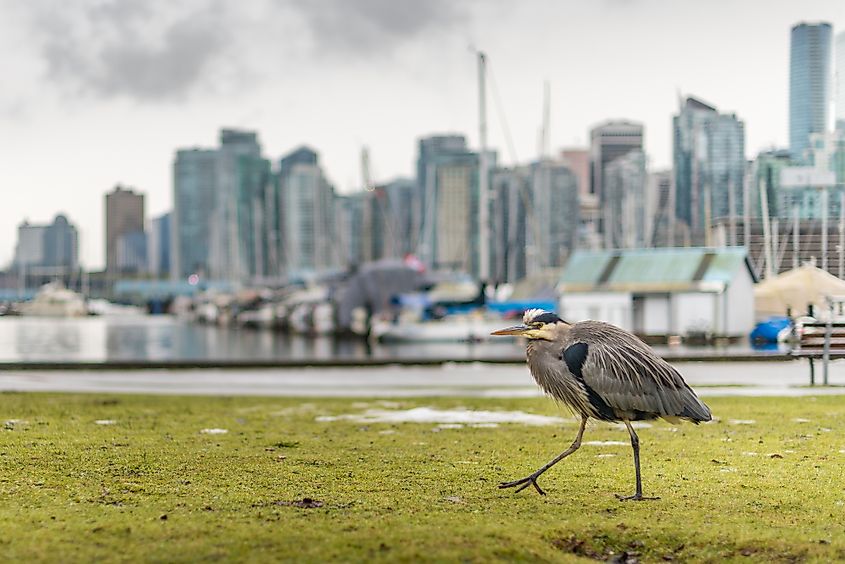
Blending recreational facilities with beautiful natural landscapes, Stanley Park is a true oasis in the city. Whether a visitor or a local, getting away from urban life and taking in the views of the mountains and sea are a perfect way to take in the true heart and feel of Vancouver.
